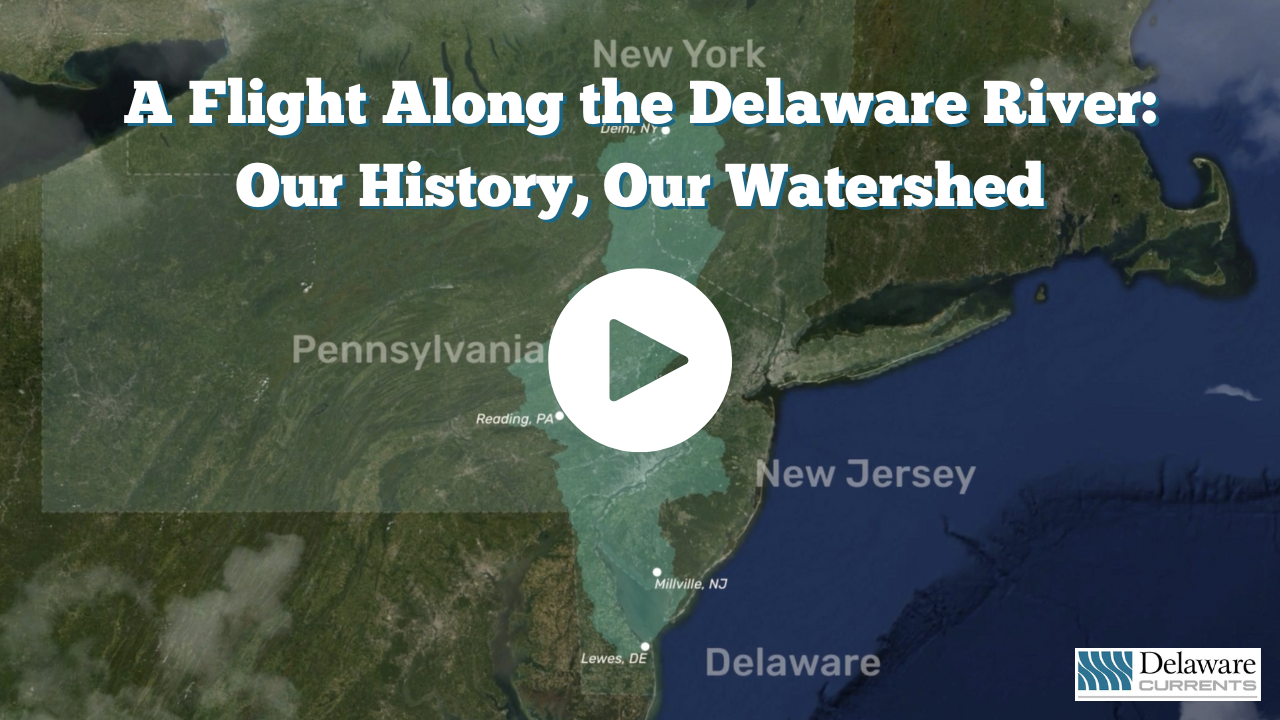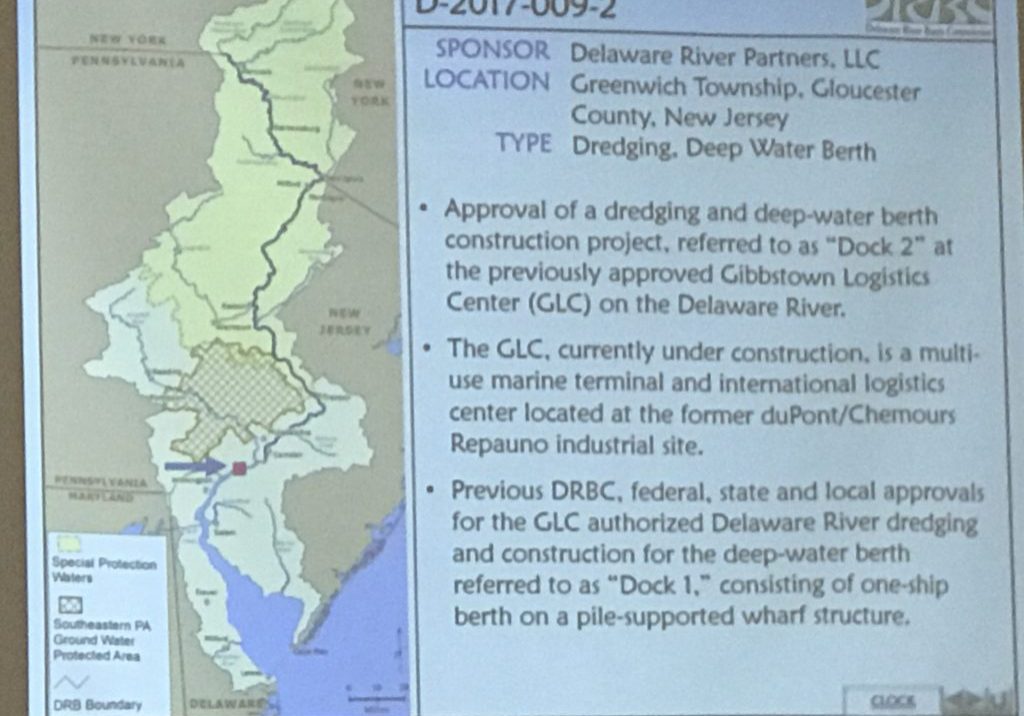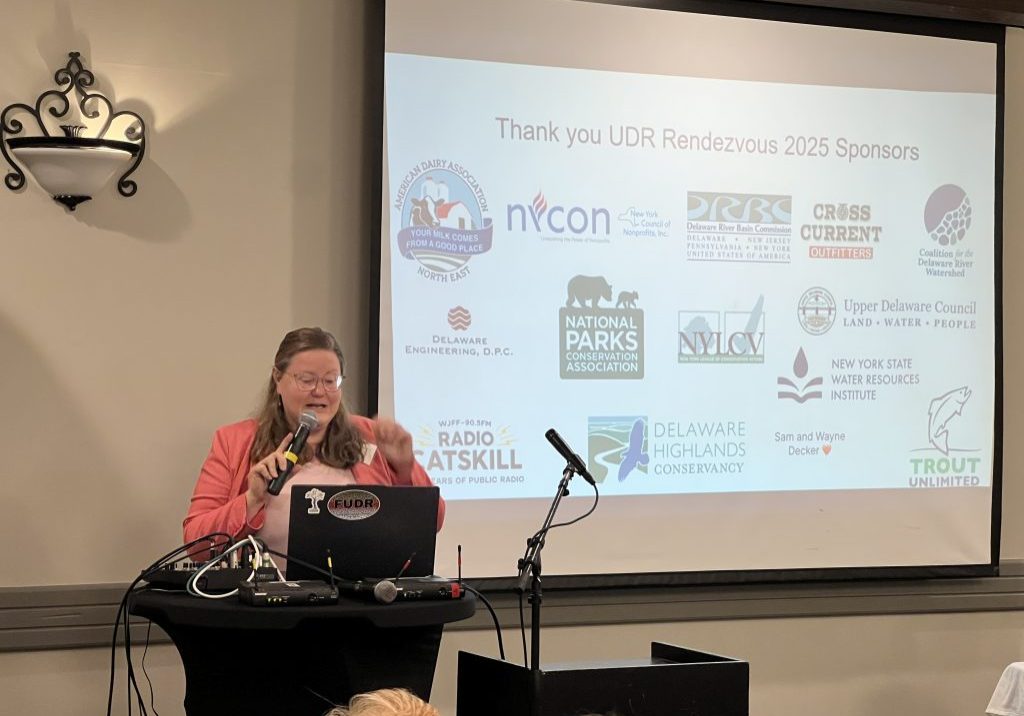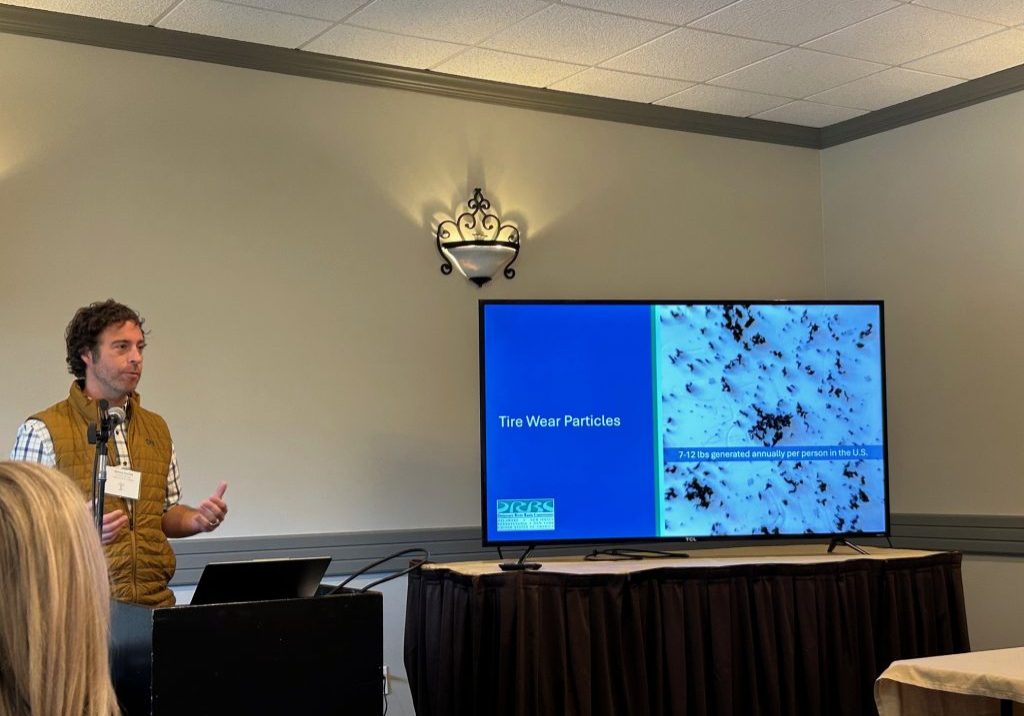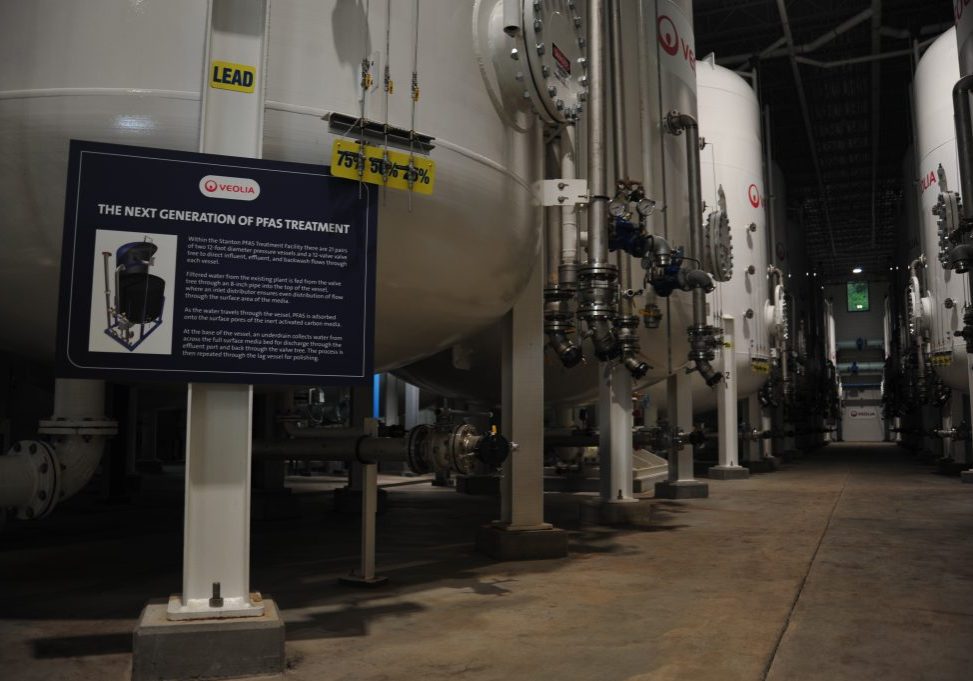
Federal silence on water quality but noisy on DEI and climate change
| July 14, 2025
Editor’s note: This is a version of a FREE newsletter from Delaware Currents, which is delivered to subscribers periodically. If you'd like to get this directly to your inbox, please subscribe.
Crickets.
The silence from the U.S. Environmental Protection Agency is deafening.
The deadline for the EPA to issue new rules aimed at improving the levels of dissolved oxygen in an urban section of the Delaware River was June 30.
As I write this, that’s two weeks ago and counting, and nothing.
The story we wrote on the Friday before that deadline sums up the years-long scientific research and maneuvering and activism:
Deadline looms for new rules to improve Delaware River water quality. Will the EPA follow through?
Good question. The answer? No.
It’s hard to predict where the federal government might bigfoot next.
But at the last Delaware River Basin Commission, it stepped hard on the ongoing activities of the DRBC to address longstanding issues of diversity, equity and inclusion as well as the preeminent threat to our watershed — climate change — in a resolution that passed unanimously that prevents any federal dollars to fund any of these projects.
Read more here: ‘Politics has reached into the watershed’: DRBC adopts resolution about DEI and climate change
Two stories highlight the important investigations that states and the DRBC are doing in the watershed:
Chemicals trouble Delaware River tributaries
The DRBC took samples from tributaries in the estuary and didn’t so much discover new toxins as provide a window into what we have to deal with. There are a lot — and some I didn’t even know about before I wrote this piece.
Toxins surface in the Delaware & Raritan Canal amid rollback of federal rules to fight them
One of our new freelancers, Carolyn Jones, explored what sorts of toxins are in the Delaware and Raritan Canal, which is an important diversion of Delaware River water into central New Jersey.
Last on our reading list is Philadelphia Water Department celebrates Manayunk Canal’s restoration and reopening.
I can’t end this newsletter without some mention of the tragedies experienced in Texas. The tremendous flooding there leaves me with concerns about our preparedness as outlined in a New York Times guest essay: Texas Hill Country Is Underwater, and America’s Emergency Lifeline Is Fraying.
In the era of climate change, storms intensify — fast — and in ways that would leave a robust emergency management system desperate to catch up.
Now? We need to take some of the responsibility. Read how what you can do to make you and your family safer: Weather self-defense: How to get real-time alerts to help you prepare
But before I go, I’d recommend spending an informative hour watching a NJ Spotlight News virtual conversation to close out its “Water’s E dge” special report, looking at the threats and opportunities facing the Delaware River watershed and its bounty of water and other natural resources.
I was supposed to be on the panel, but unfortunately, Covid struck and for the past week or so I’ve been under a different sort of weather!! But I see blue skies ahead!
Hope you can see them too!
Thanks for reading,

